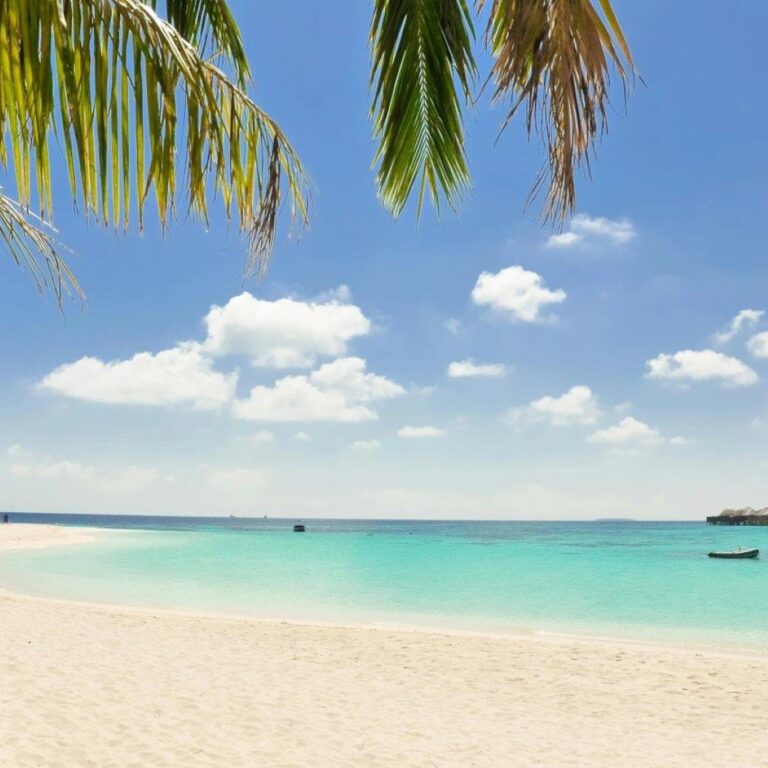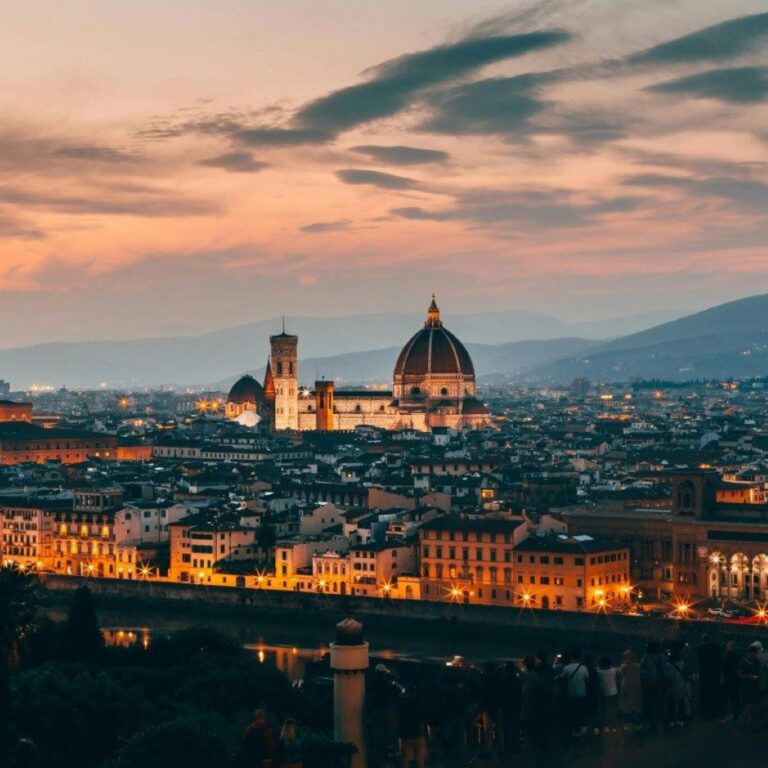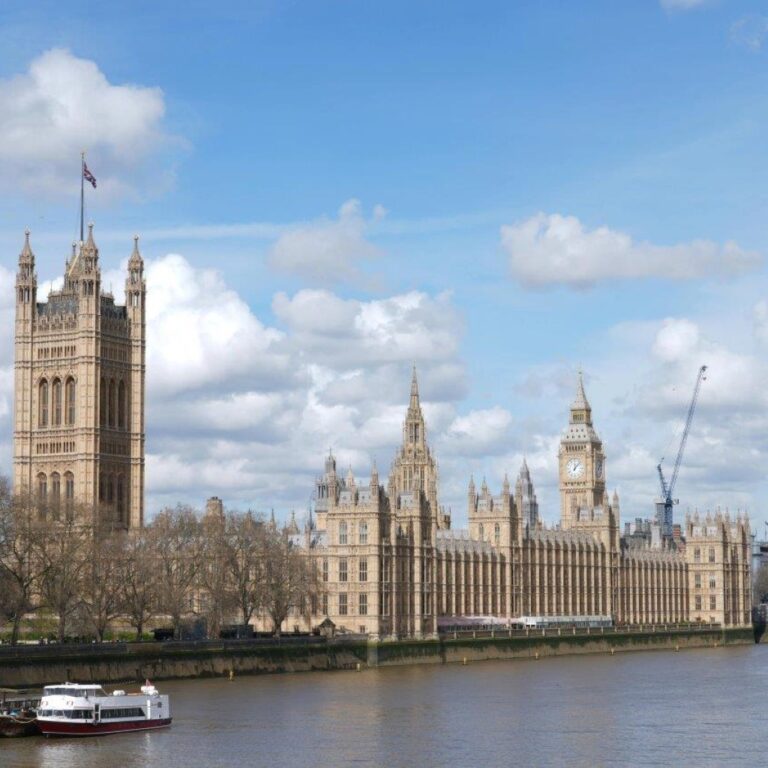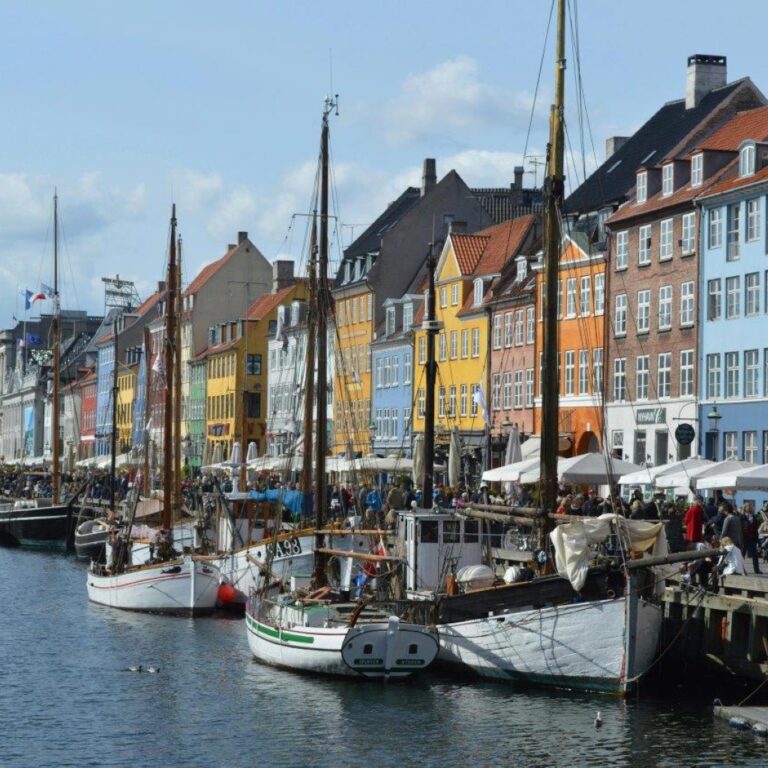The Maldives is made up of 26 atolls, which are composed of over 1,000 coral islands, making it one of the most dispersed countries in the world.
It is the lowest-lying country on Earth, with an average ground level of just 1.5 meters (4 feet 11 inches) above sea level.
The Maldives is famous for its luxury resorts, many of which are located on private islands, offering exclusive and secluded experiences.
The capital city of the Maldives is Malé, one of the most densely populated cities in the world.
The Maldives is home to some of the best diving and snorkeling spots in the world, with over 2,000 species of fish and other marine life.
The country's economy is heavily reliant on tourism, which accounts for over 30% of its GDP.
The Maldives has a rich cultural heritage influenced by South Indian, Sinhalese, Arab, and African cultures.
The official language of the Maldives is Dhivehi, but English is widely spoken, especially in tourist areas.
The Maldives was a British protectorate until it gained independence on July 26, 1965.
The country has a tropical monsoon climate, with two distinct seasons: the dry season (northeast monsoon) and the wet season (southwest monsoon).
The Maldives is known for its bioluminescent beaches, where the shoreline glows blue at night due to phytoplankton emitting light.
The country faces significant environmental challenges, including rising sea levels due to climate change, which threaten its very existence.
The Maldivian flag features a red border representing the blood of national heroes, a green rectangle symbolizing peace and prosperity, and a white crescent moon representing Islam.
The Maldives has a no-alcohol policy in public places, and alcohol is only available at resorts and private clubs catering to tourists.
The traditional music and dance of the Maldives, known as Boduberu, is a key part of the country's cultural heritage, often performed during celebrations and festivals.
he many fun facts that make the Maldives a unique and beautiful destination.A toolkit of essential widgets and features that will supercharge your workflow



